#Florida plants
Text







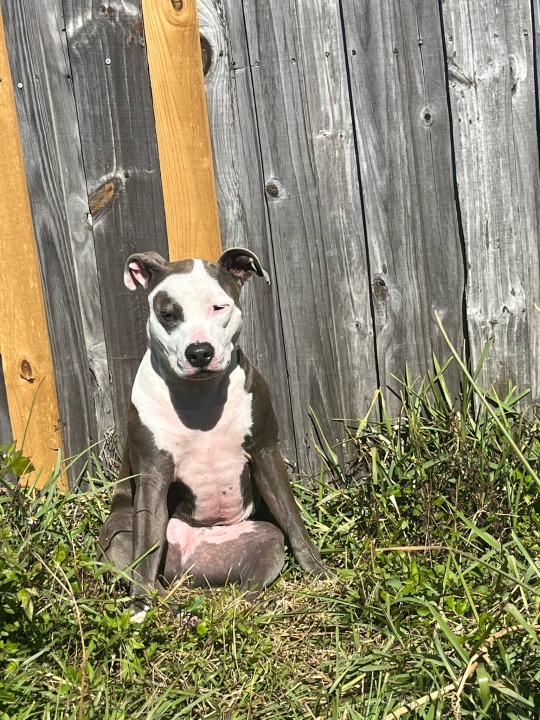

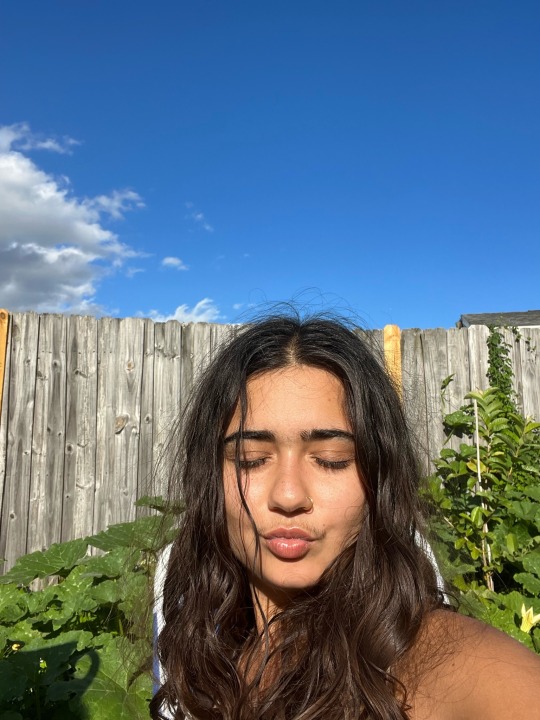
Rewilding 🍃🌱🍄🌼
#rewilding#nature#ecology#healing#abundance#green witch#homesteading#permaculture#pitbull#botany#florida#florida plants#flowers#echinacea#wildlife#wildflowers#garden#spiritual alchemy#tropical#harvest#pumpkin#heirloom#queer#queer anarchy#forest#anarchy#native plants#plant medicine#natural herbs#herbalism
76 notes
·
View notes
Text

Mimosa pudica in my garden.
#florida nature#botanic garden#plants#tropical plants#flowers#mimosa#flora#Florida plants#sensitive plant
9 notes
·
View notes
Text
youtube
Watch the American Climate Leadership Awards 2024 now: https://youtu.be/bWiW4Rp8vF0?feature=shared
The American Climate Leadership Awards 2024 broadcast recording is now available on ecoAmerica's YouTube channel for viewers to be inspired by active climate leaders. Watch to find out which finalist received the $50,000 grand prize! Hosted by Vanessa Hauc and featuring Bill McKibben and Katharine Hayhoe!
#ACLA24#ACLA24Leaders#youtube#youtube video#climate leaders#climate solutions#climate action#climate and environment#climate#climate change#climate and health#climate blog#climate justice#climate news#weather and climate#environmental news#environment#environmental awareness#environment and health#environmental#environmental issues#environmental justice#environment protection#environmental health#Youtube
7K notes
·
View notes
Text
American Beautyberry is a Very Useful Plant with Colorful Berries
American Beautyberry is a Very Useful Plant with Colorful Berries introduces readers to this plant that Iives up to it’s name. It also tells readers about the many uses of this native Floridian plant.
Beautiful Beautyberries
One of my favorite plants that grows wild all around my property is the American beautyberry (Callicarpa americana), also known as French mulberry, beautyberry, or purple beautyberry. They produce bunches of pretty little pink flowers in the middle of summer, and those flowers then become bunches of lime green berries. As summer ends the berries grow larger, and then they…

View On WordPress
#American beautyberry#American plants#beautiful berries#beautyberry#colorful berries#colorful plants#edible plants#Florida plants#French mulberry#native plants#ornamental plants#photography#plant photographs#plant photography#purple beautyberry#purple berries
6 notes
·
View notes
Text


I found this beautiful vine in the field by my work and I'd love to know what it is. The shape of the flower reminds me of morning glories. Anyone know a tag to add or someone who may know that I can ask?
0 notes
Text


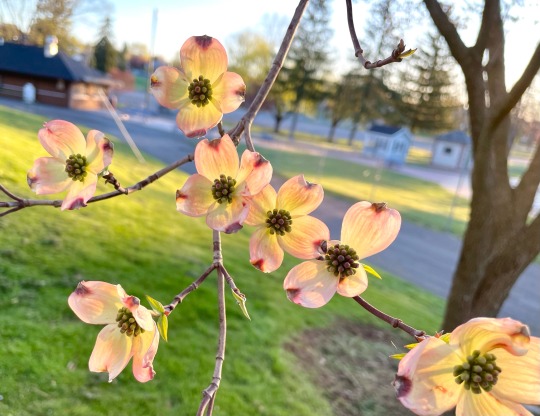
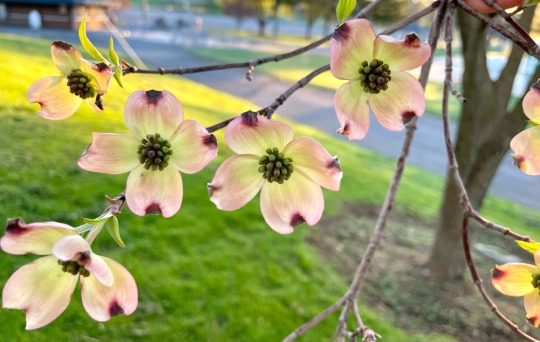
Dogwood blooms at the park.
#pennsylvania#flowers#flowering trees#dogwood#april#springtime#spring#cornus florida#plants#plantblr
820 notes
·
View notes
Text
Pitcheresque 💛
Almost just went home after work today. I would have missed this.
There's a little patch of pitcher plants in a marshy area of my home away from home, and they're blooming now.

561 notes
·
View notes
Text
Note: Reasons to Be Cheerful has had weirdly huge formatting issues for the past six or so months, so if that version is a mess, this link should work better.
"Florida Power & Light Company (FPL), the Sunshine State’s largest power utility, employs all the people you might expect: electricians, lineworkers, mechanical engineers — and a few you might not. For over 40 years, the company has kept a team of wildlife biologists on staff. Their task? Monitoring the giant carnivorous reptiles that reside in one of the state’s nuclear power plants.
Saving the American Crocodile
What sounds like a low-budget creature feature is actually a wildly successful conservation story. It goes like this: In 1975, the shy and reclusive American crocodile was facing extinction. Over-hunting and habitat decline caused by encroaching development had pushed its numbers to a record low. By 1975, when it was listed as endangered under the Endangered Species Act, there were only 200 to 300 left.
Three years later, in 1978, workers at the Turkey Point nuclear power plant in Homestead, Florida happened upon something that must have made them gasp: a crocodile nest along one of the plant’s 5,900-acre “cooling canals.” Rather than drive the crocs away — perhaps the easiest solution — FPL hired a team of biologists and implemented a Crocodile Management Plan. Its goal was unconventional: provide a suitable habitat for the crocs within the workings of the nuclear power plant, allowing both to coexist.
Over the course of the next 30 years, FPL’s wildlife biologists monitored nests, tagged hatchlings and generally created a hospitable environment for the reptiles. As it turned out, the plant’s cooling canals provided an ideal habitat: drained earth that never floods on which to lay eggs directly adjacent to water. Over the years, more and more crocs made the cooling canals home. By 1985, the nests at Turkey Point were responsible for 10 percent of American crocodile hatchlings in South Florida. In 2007, the U.S. Fish and Wildlife Service downgraded the American crocodile’s status from endangered to threatened, singling out FPL for its efforts.
The program continues to this day. To date, biologists have tagged some 7,000 babies born at the plant. In 2021, there were a record-setting 565 crocodile hatchlings at the Turkey Point facility.
"Reconciliation Ecology"
Turkey Point’s efforts are an example of what is known in the conservation world as “reconciliation ecology.” Rather than create separate areas where nature or animals can thrive in isolation from humans, reconciliation ecology suggests that we can blend the rich natural world with the world of human activity. Michael Rosenzweig, an emeritus professor of ecology and evolutionary biology at the University of Arizona, was a leading force in establishing this concept. The author of Win-Win Ecology: How the Earth’s Species can Survive in the Midst of Human Enterprise, Rosenzweig has pointed out that although human encroachment has typically been considered a threat to biodiversity, the notion that the world must be either “holy” or “profane,” ecologically speaking, is simply not true.
“In addition to its primary value as a conservation tool, reconciliation ecology offers a valuable social byproduct,” writes Rosenzweig in his first chapter. “It promises to reduce the endless bickering and legal wrangling that characterize environmental issues today.”
-via Reasons to Be Cheerful, May 5, 2022. Article continues below. All headings added by me for added readability.
Dr. Madhusudan Katti, an associate professor in the Department of Forestry and Environmental Resources at North Carolina State University, was inspired by Rosenzweig when he did his postdoc at Arizona State. Katti has now been in the field of reconciliation ecology for two decades and teaches classes on the subject. “To me it’s finding solutions to reconciling human development with biodiversity conservation,” Katti says.
This common ground between development and conservation can be consciously planned, like FPL managing a crocodile habitat at a nuclear power plant or the state-sponsored vertical gardens and commercial farms on high-rise buildings in Singapore. Other examples include the restoration of the coral reef around an undersea restaurant in Eilat, Israel, or recent legislation in New York City requiring patterned glass on high-rise buildings, making windows more visible to migratory birds. Other planned examples of reconciliation ecology can be more individually scaled: a rooftop garden in an urban setting, modifying your garden to earn a “backyard bird habitat” certification from the Audubon Society, or even just mowing your lawn less often...
Reconciliation Ecology: Nature's Already Doing It Without Us
But there are countless examples of “accidental” incidents of reconciliation ecology, as well. One of Katti’s favorites is the kit fox of California’s San Joaquin Valley. “The kit fox was one of the very first species listed on the Endangered Species Act,” Katti says. Its decline was caused by habitat loss through agricultural and industrial development, as well as the extermination of the gray wolf population, which led to an increase in coyotes. So kit foxes adapted and moved to new habitats. One of these was the city of Bakersfield, California.
“Bakersfield, surrounded by oil pumps, would be the last place you’d expect to find an endangered species,” Katti says. But researchers think kit foxes have migrated to Bakersfield because they actually have more protection there from predators like coyotes and bobcats. “The kit foxes have figured out that if they can tolerate the human disturbance and live with people, then they are safer from all these other predators,” he says.
Living in the city has led to some interesting behavioral changes. In the wild, for instance, a female kit fox gives birth to her young and raises them by herself in a den. But in the city, researchers have observed multiple females raising their litters together in the same den. “It’s like a form of cooperative breeding,” Katti says. “That wouldn’t happen in the wild.” ...
The Big Picture: How We Think about Conservation
Reconciliation Ecology isn’t just we humans welcoming animals like crocodiles and foxes into our environments, though. It’s also living with nature in a way that most Western societies haven’t done since the Enlightenment. “In recent years, there’s been a recognition that the ‘fortress conservation’ model — keeping nature separated from humans and not thinking of or valuing human-inhabited landscapes — those ideas are outdated,” says Katti.
In fact, in Katti’s classes on reconciliation ecology, he embraces the notion of reconnecting people with their land if they have been unjustly separated from it. “The term reconciliation also applies to all the colonial legacies where both nature and people have been harmed,” Katti says. “For Indigenous communities, the harm done to ecosystems, it’s happened together. So you can talk about addressing both. That’s where a lot of my thinking is at the moment.”
A hopeful version of this sort of reconciliation is happening in California where colleagues of Katti’s who are tribal members are re-introducing “tribal burns” in some areas. Controlled burns have been a part of many Indigenous cultures for millenia, both as a way to prevent devastating forest fires, but also to encourage the growth of certain plants like hazel that are used for basket-weaving and other crafts.
“The notion that people don’t belong there and ‘let nature take care of itself’ doesn’t really work,” Katti says. “That’s the legacy of Western European Enlightenment thinking — a divide between human and nature. That is a real faulty view of nature. People have been part of the ecosystem forever.”
-via Reasons to Be Cheerful, May 5, 2022
#a bit older but still ongoing/relevant and still very cool#florida#crocodile#reptile#ecology#environment#sustainability#endangered species#united states#california#kit fox#nuclear power plant#reconciliation#colonialism#the enlightenment#conservation#human beings#good news#hope#urban ecology
1K notes
·
View notes
Text
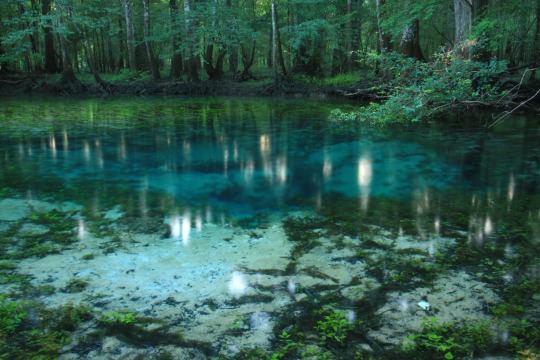

Chipola River
#nature#photography#river#Florida#woods#forest#water#trees#plants#green#blue#pools#watercore#water aesthetic#nature photography#fairycore#naturecore#curators on tumblr#1k
5K notes
·
View notes
Text

horrible
1K notes
·
View notes
Text


rainforest
#mine#DO NOT REUPLOAD#photography#original photography#monstera#rainforest#foggy#mist#fog#rain#forest#naturecore#aesthetic#tropical#tropics#florida#plants#jungle#forestcore#rainy aesthetic#green aesthetic#plantcore#garden#gardencore#botanical#greenery
111 notes
·
View notes
Text

#big leaf#Fairchild#Fairchild Tropical Botanic Garden#plant photography#plant blog#plants#plantblr#tropical#tropical plants#pergola#florida#garden#plant
160 notes
·
View notes
Text




Recently 🫶🏽🍃
#florida plants#homesteading#permaculture#pitbull#pittielove#abundance#nature#ecology#native plants#botany#green witch#healing
13 notes
·
View notes
Text

The sea oats on Alligator Point seemed to glow under stormy skies.
123 notes
·
View notes
Text
Passion Fruits Vines Can Have Some Unusual Uses
Passion Fruit Vines Can Have Some Unusual Uses discusses all of the reasons that the author lives her passion fruit vines. One of the best uses is all the various photographic opportunities the plants provide.
Curls and Swirls
As many of you already know, I love my passion fruit vines! I was very disappointed last year when a spring drought pretty much wiped them out, so I was definitely pleased when some began coming up this spring. I waited anxiously for the first flowers to appear and for the vines to grow to a height where they would start climbing. All was going very well until the late spring or…

View On WordPress
#coiled vines#Florida nature#Florida passion fruit#Florida plants#Florida vines#fruit vines#nature#nature photographs#nature photography#passion fruit coils#passion fruit plants#passion fruit vines#photography#plant photographs#plant photography#plants#vines
2 notes
·
View notes
Text

Bees on Sagittaria lancifolia
Green Cay Nature Preserve, FL
#original photography#photographers on tumblr#nature photopragpy#florida#green cay nature preserve#insects#flowers#bees#Sagittaria lancifolia#duck potato plant#rafefar
81 notes
·
View notes
Text
I was just struck by the realization that theoretically I could plant a poinsettia in the ground next spring. As an experiment.
#i was reading about how some people are starting to try to grow the novelty varieties as florida landscape plants#and apparently they grow very quickly once planted#remind me to plant some if any survive. i wonder if poinsettias are deer resistant
111 notes
·
View notes